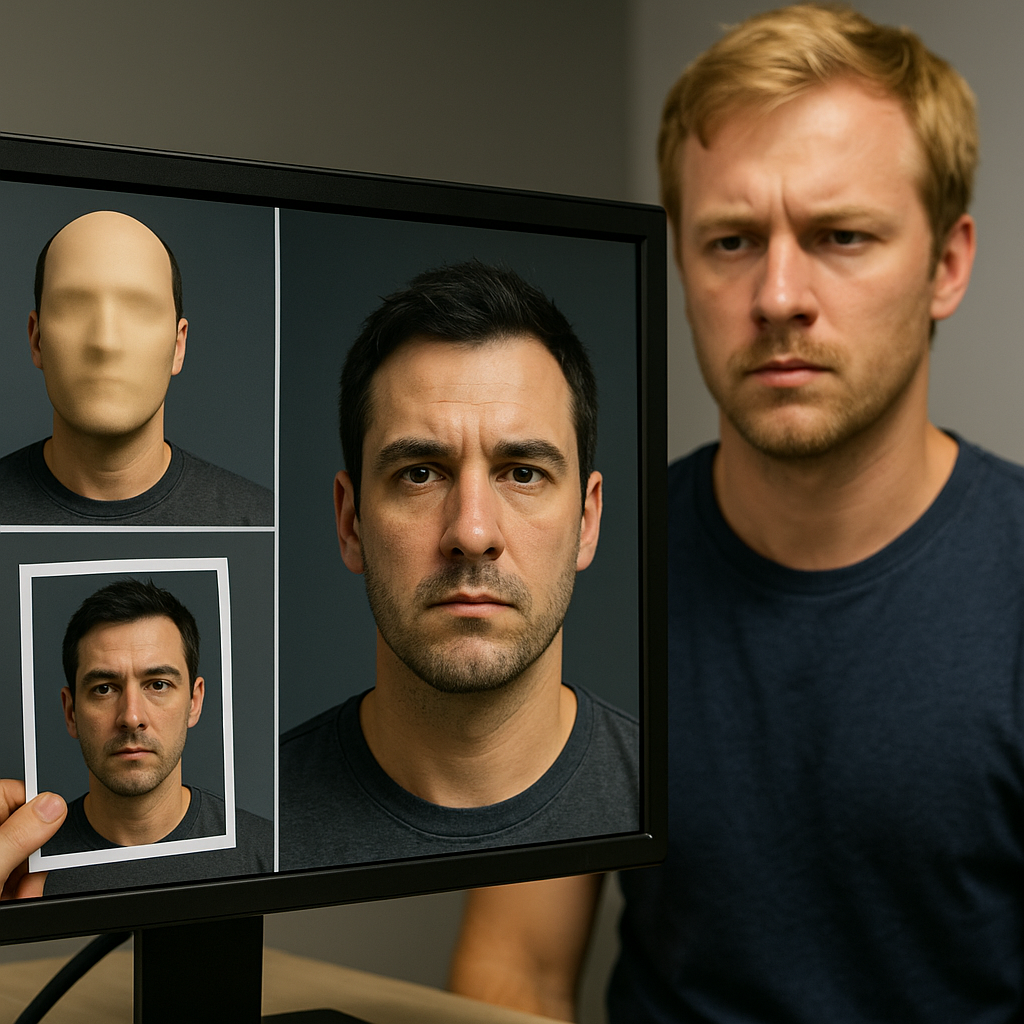Deep learning emerges as frontline defense against face spoofing threats
While deep learning-based FAS models have made remarkable progress, the study highlights critical challenges that undermine their practical deployment. Chief among these is the limited generalization capability when models are tested on unfamiliar attack types or data from different domains. Many FAS systems perform well on benchmark datasets but deteriorate significantly under cross-dataset evaluations, revealing vulnerabilities to unknown or unseen presentation attacks.

In a rapidly digitizing world, where facial recognition is becoming the cornerstone of identity verification, a new comprehensive survey underscores the escalating battle against spoofing attacks. Titled “Face Anti-Spoofing Based on Deep Learning: A Comprehensive Survey” and published in Applied Sciences, the paper maps the evolution, techniques, challenges, and future of face anti-spoofing (FAS) methods that rely on deep learning.
As facial biometrics are widely adopted in authentication systems, from unlocking smartphones to boarding flights, the study emphasizes the urgent need for advanced solutions to counter increasingly sophisticated spoofing attempts such as 2D print attacks, video replays, 3D masks, and AI-generated forgeries. This survey offers an exhaustive technical overview, drawing on the most recent developments and proposing future pathways for the field.
What are the main modalities and techniques used in deep learning-based FAS?
The study identifies two dominant modality categories in face anti-spoofing research: RGB-based methods and non-RGB or multimodal approaches. RGB-based solutions use standard color imagery and are the most extensively researched due to their accessibility and alignment with real-world devices. These techniques generally fall into texture-based, motion-based, and depth-based categories. Texture-based approaches analyze skin detail, specularity, and noise differences between real and fake faces, while motion-based models detect micro-movements or inconsistencies in blinking or lip movement. Depth-based models, often trained using convolutional neural networks (CNNs), estimate the 3D structure of a face to detect flat or unnatural surfaces in spoof media.
Beyond RGB, the study explores alternative modalities including near-infrared (NIR), depth sensing, and thermal imaging, as well as hybrid multimodal systems. These methods demonstrate superior robustness under varied lighting or when countering advanced attacks such as 3D masks and silicone replicas. Multimodal learning, which fuses features across different sensory domains, is gaining traction due to its improved generalization and accuracy, especially in complex, real-world attack scenarios.
The research details architectures widely used in FAS development, such as CNNs, recurrent neural networks (RNNs), and transformer-based models. Pre-trained networks like ResNet, VGG, and MobileNet have been frequently employed, sometimes fine-tuned with domain adaptation techniques. More recent methods integrate attention mechanisms to isolate and prioritize spoof-sensitive regions within the facial image. Additionally, the use of generative adversarial networks (GANs) is on the rise to synthesize training data, enhance domain variability, or serve as an adversarial component in training robust classifiers.
What are the limitations of current FAS techniques and datasets?
While deep learning-based FAS models have made remarkable progress, the study highlights critical challenges that undermine their practical deployment. Chief among these is the limited generalization capability when models are tested on unfamiliar attack types or data from different domains. Many FAS systems perform well on benchmark datasets but deteriorate significantly under cross-dataset evaluations, revealing vulnerabilities to unknown or unseen presentation attacks.
This lack of generalization is closely tied to the nature of existing datasets. The study reviews major publicly available datasets such as CASIA-FASD, Replay-Attack, OULU-NPU, and CelebA-Spoof. While these datasets have driven academic research, most are limited in scale, diversity, and realism. They often lack variation in ethnicity, age, illumination, and attack material quality - factors that are critical in real-world conditions. Additionally, the attacks simulated in some datasets are now outdated compared to emerging threats like deepfakes or GAN-generated avatars.
Another challenge noted in the survey is the insufficient exploration of spatiotemporal information. Many FAS systems are still designed to process single images, missing out on temporal clues such as head movement or blinking patterns. Integrating temporal modeling through video-based analysis can significantly enhance performance but also introduces complexities in training and real-time inference.
Moreover, a lack of unified evaluation standards makes it difficult to compare models. Researchers use varying metrics and benchmarks, resulting in inconsistent reporting. The study emphasizes the need for standardized testing protocols and the adoption of fair, realistic benchmarks to drive consistent improvements.
What are the emerging directions and future opportunities for FAS research?
To address the identified challenges, the study outlines several promising research directions. First, improving domain generalization is critical. Techniques such as domain adaptation, domain generalization learning, and meta-learning are actively being explored to help models handle unfamiliar spoof types. Cross-dataset training and adversarial training with synthesized attacks are also recommended to improve robustness.
Second, multi-modal learning is highlighted as a transformative area. By fusing RGB data with depth, NIR, or thermal cues, systems can more effectively distinguish live subjects from high-quality spoof materials. The development of affordable sensors capable of capturing such modalities could enable their widespread integration into commercial devices.
Another emerging focus is the detection of AI-generated content. With deepfakes becoming more realistic, unified models capable of handling both traditional presentation attacks and synthetic video manipulations are urgently needed. These models must learn to identify subtle artifacts in AI-generated content that evade human detection.
The study also calls for advances in real-time, lightweight architectures suitable for deployment on edge devices like smartphones or surveillance cameras. Energy-efficient neural networks and pruning techniques can help deploy FAS systems without compromising speed or accuracy.
Additionally, ethical considerations are gaining prominence. As FAS models become more sophisticated, there is a risk of over-surveillance or bias against specific demographic groups. The researchers stress the importance of transparency, fairness, and explainability in designing future FAS systems, especially those deployed at scale.
Lastly, the study encourages collaborative efforts between academia, industry, and regulatory bodies to develop comprehensive standards and data-sharing frameworks. These initiatives would help accelerate innovation while ensuring that systems remain secure, equitable, and privacy-conscious.
- FIRST PUBLISHED IN:
- Devdiscourse










